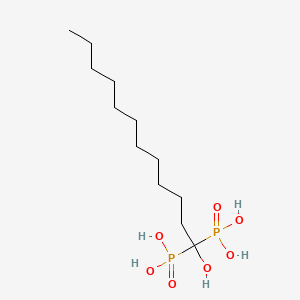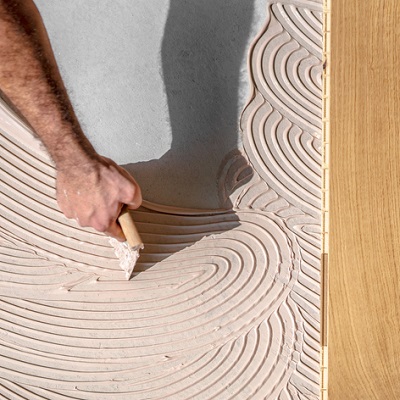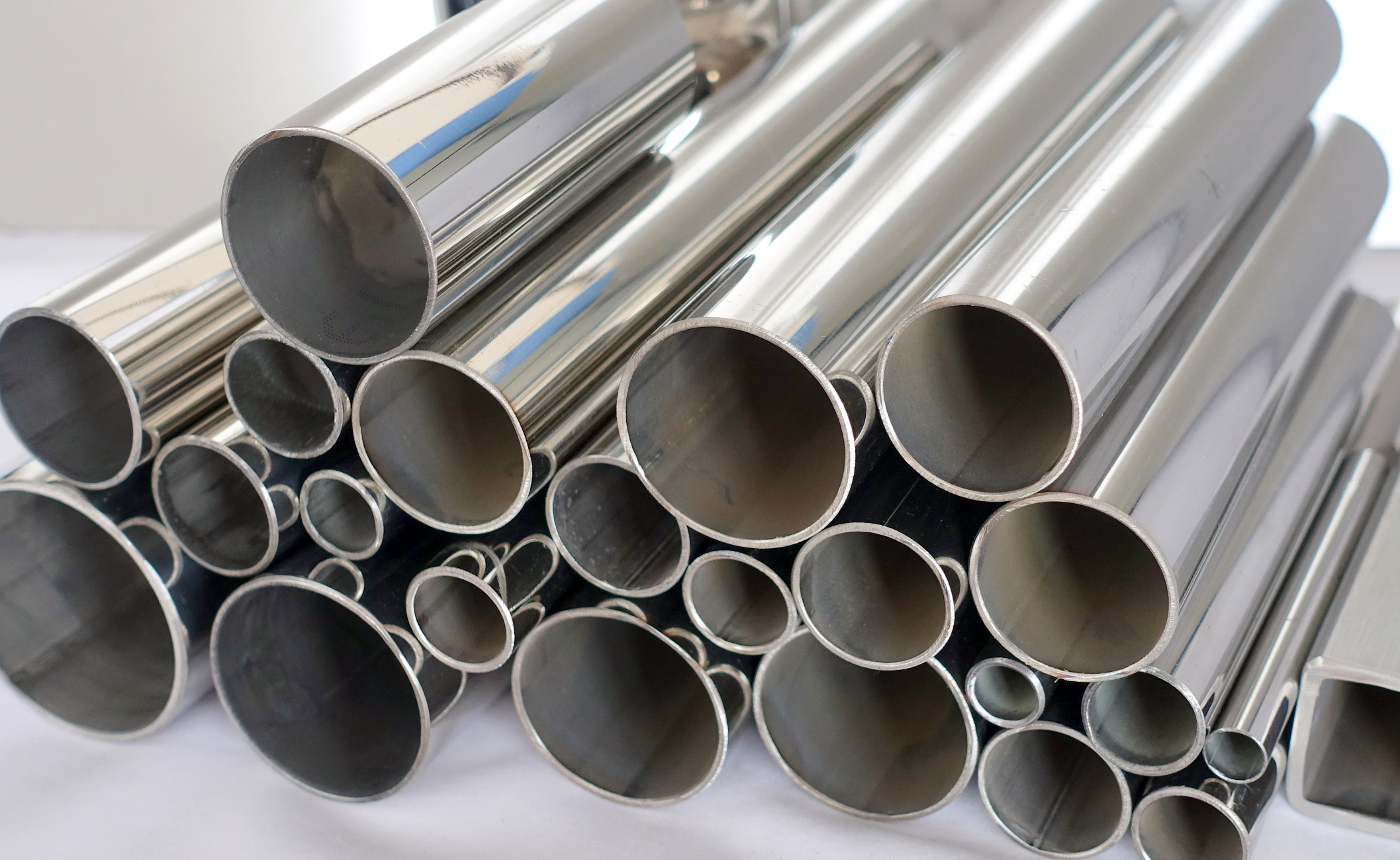Joseph Sabol Indoor Air Quality Resources
Indoor Air Quality
Indoor air quality (IAQ) monitoring can help ensure our health and safety from the air we breathe. People spend ~ 90% of their time indoors and IAQ is known to affect health, comfort, mental acuity, and physical performance. Hazardous air pollutants from sources such as poorly maintained HVAC systems, cleaning products, out gassing from building materials and other manufactured goods, emissions from industrial processes, stoves, and fireplaces can accumulate indoors. Indoor air is a complex and dynamic system, depending upon occupant activities and building structures. The COVID19 pandemic has also raised public health awareness of the impact of aerosol vectors and pathogen air contaminants. IAQ monitoring provides trace level compound detection combined with expertise to link analytical results to potential sources and health effects. Understanding the level of pollutants present in indoor air is critical analytical data and can guide engineering controls and remediation. IAQ measurement innovations, regulatory guidance, and mitigation strategies are encouraged.
Ensure the ventilation on trains and busses is operating. We cannot have > 1,000 ppm CO2 except for brief periods. Increase air exchange and use MERV 13 filters. Avoid VOCs (volatile organic compounds) and particulates less than 2.5 um (PM2.5).
See: PURPLE AIR closed circles are indoors and open disks are outdoors
--







